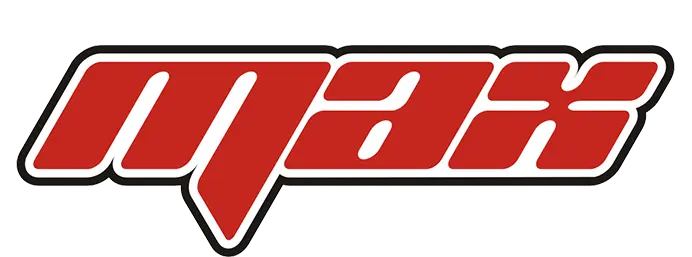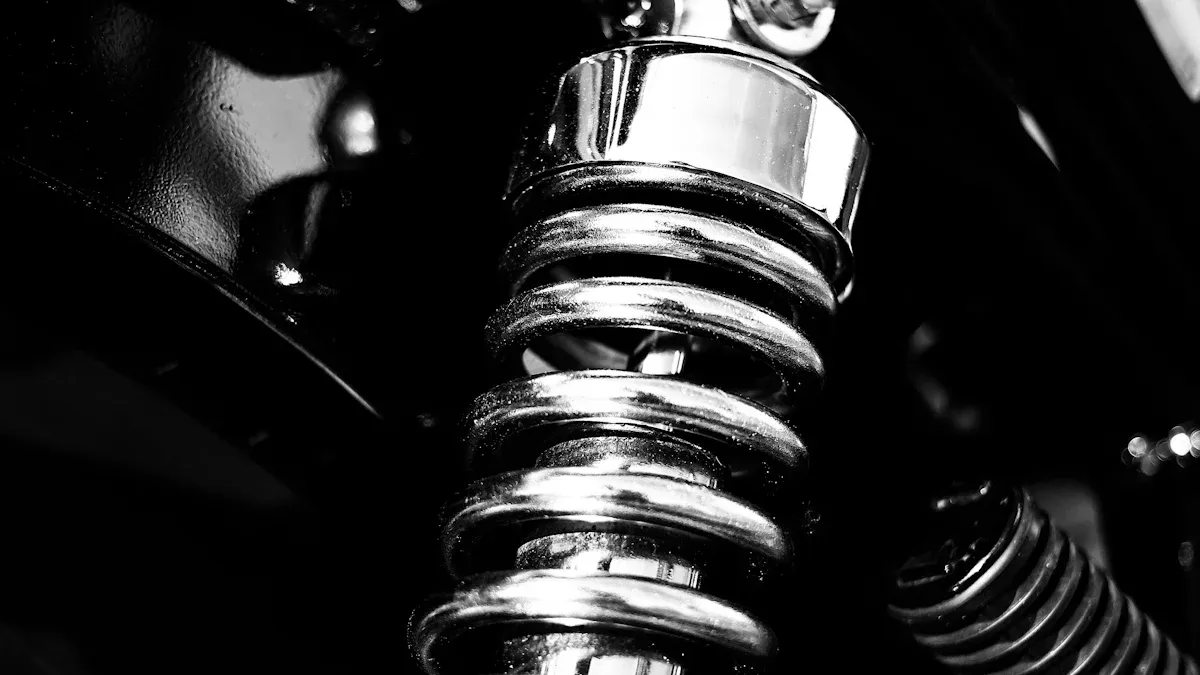
Every time you drive, you rely on your car’s suspension system, and the shock absorber link rod plays a crucial role in that system. The shock absorber link rod connects key components of the suspension, ensuring your vehicle remains balanced and stable on the road. This durable part links the sway bar to the suspension, supporting overall vehicle stability. Whether you’re driving over bumps or taking sharp turns, the shock absorber link rod helps keep your tires firmly on the road and minimizes unwanted movement. Thanks to the reliable performance of the shock absorber link rod, you experience a smoother ride and enhanced control behind the wheel.
What Is a Shock Absorber Link Rod?
Definition and Purpose
You may hear the term “shock absorber link rod” when learning about your car’s suspension system. This part is also called a stabilizer link or sway bar link. The main job of the shock absorber link rod is to connect the sway bar to other suspension parts, such as control arms or struts. When you drive around a corner, your car wants to lean to one side. The shock absorber link rod helps stop this by transferring forces from one side of the vehicle to the other. This action reduces body roll and keeps your car more level. You get better stability, smoother handling, and your tires stay in better contact with the road. This makes your driving experience safer and more predictable, especially when you turn or change lanes.
Tip: A well-functioning shock absorber link rod can make a big difference in how your car feels on the road. If you want a comfortable and safe ride, you need this part to work properly.
How It Works in the Suspension System
The suspension system in your car uses many parts to keep your ride smooth and stable. Shock absorbers control how fast the springs move up and down. They do this by pushing fluid or gas through small holes inside the shock absorber. This action slows down the movement and helps your car stay steady. The shock absorber link rod connects the sway bar to the suspension system. It transfers motion and forces between different parts, like the control arms and stabilizer bar.
- The link rod helps the suspension system keep the car balanced during turns.
- It allows the shock absorbers to work better by making sure forces move smoothly through the system.
- The link rod also helps control how much the car leans when you go around corners.
- When all these parts work together, you get a ride that is both comfortable and safe.
Manufacturers design shock absorber link rods to match each vehicle’s needs. Some use special materials and ball-socket designs to make sure the part moves smoothly and lasts a long time. Good link rods also have strong dust boots to keep out dirt and keep grease inside. This helps the suspension system work well for many miles.
Shock Absorber Link Rod Location and Connections
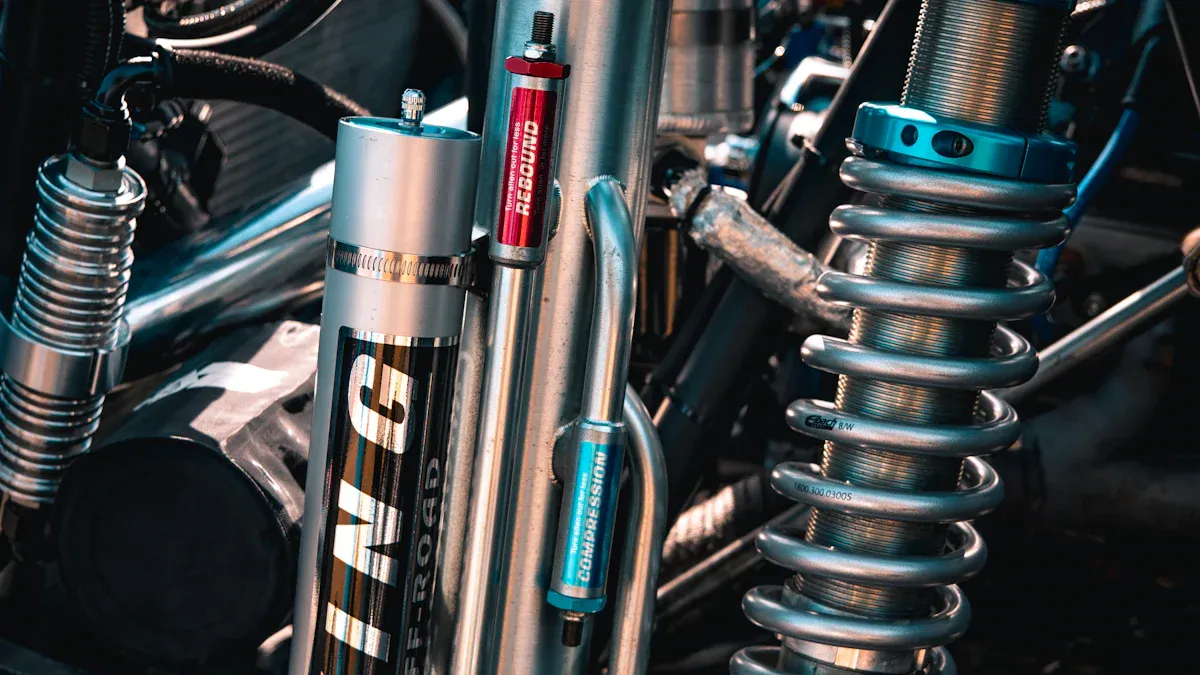
Connection to Stabilizer Bar and Suspension
You can find the shock absorber link rod, also called the stabilizer link, between the stabilizer bar and the suspension system. This part connects the stabilizer bar to the control arm or strut. When you drive, the stabilizer link transmits movement and forces between the suspension system and the stabilizer. This connection helps balance the wheels on both sides of your car. You feel less body roll when you turn or go over bumps.
- The stabilizer link connects the shock absorber link rod to the stabilizer bar.
- It transmits movement and forces between the suspension system and the anti-roll bar.
- This connection balances the wheels, reducing body roll during cornering and improving handling.
- If the stabilizer link has the wrong length or angle, especially after lowering your car or upgrading coilovers, it can cause the anti-roll bar to engage too early.
- Early engagement of the anti-roll bar leads to poor ride comfort and handling.
- Keeping the correct length and angle of the stabilizer link preserves comfort and ensures the anti-roll bar works only when needed.
- If you lower your car, the original stabilizer link may become too long, which reduces the rotation angle at the ball joints and causes early anti-roll bar action.
- Replacing the stabilizer link with one of the right length restores the original geometry and maintains comfort.
You should always check the stabilizer links after making changes to your suspension system. This helps keep your ride smooth and safe.
Integration with Other Suspension Components
The stabilizer link works closely with other parts of the suspension system. It connects to the stabilizer bar, control arms, and sometimes the struts. In modern cars, you may find the stabilizer link as part of advanced electronic suspension systems. These systems use sensors and electronic control units to adjust suspension stiffness and damping in real time. The stabilizer links help these systems reduce body roll and keep your tires in contact with the road. When you drive on rough roads or take sharp turns, the stabilizer link and the suspension system work together to keep your car stable.
Some vehicles use sway bar links or sway bar link rods as part of their suspension system. These parts help the stabilizer links do their job. When all these components work together, you get better handling, more comfort, and safer driving in many conditions.
How the Shock Absorber Link Rod Enhances Vehicle Stability
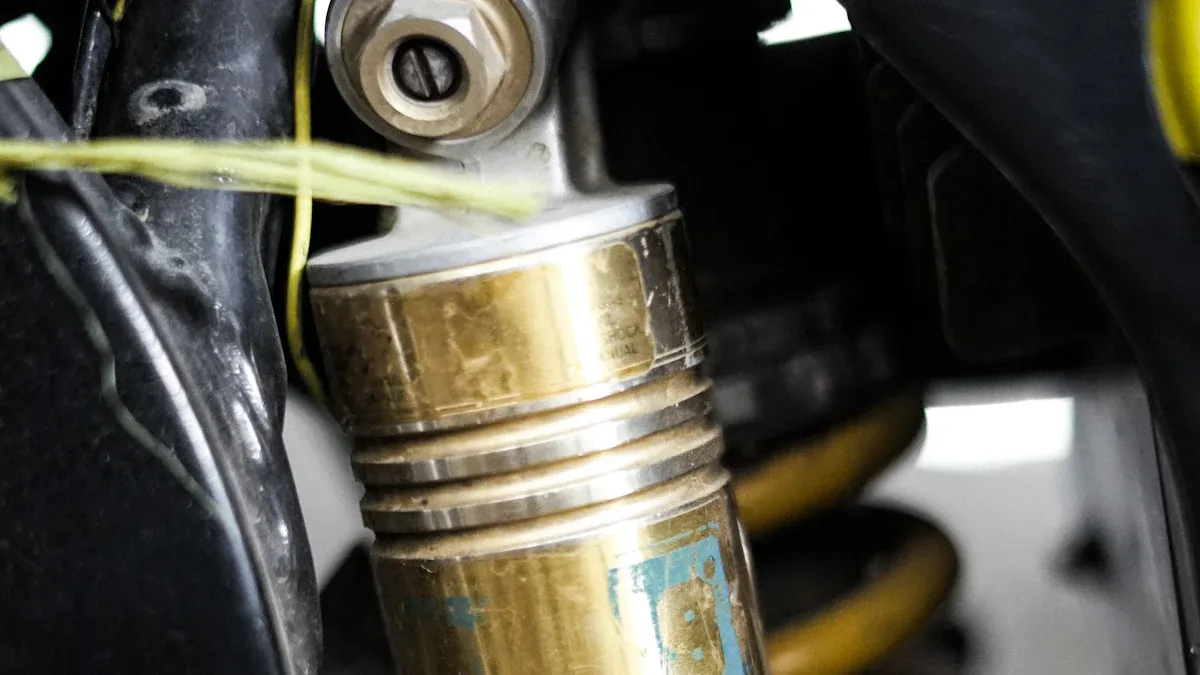
Reducing Body Roll and Improving Handling
When you drive through a curve or take a sharp turn, your car wants to lean to one side. This movement is called body roll. Stabilizer links play a key role in reducing body roll and improving handling. The stabilizer link connects the stabilizer bar to the suspension. When your car starts to lean, the stabilizer bar twists. The stabilizer link transfers this force to the other side of the suspension, which helps keep your car level.
You will notice better handling performance because the stabilizer link keeps the car from swaying too much. This means you can steer more precisely and feel more in control. Yamaha’s Performance Damper, a special type of shock absorber link rod, attaches directly to the car body. It absorbs small vibrations that regular suspension parts cannot handle. This damper turns the energy from these vibrations into heat, which helps your car stay steady. Performance tests show that this technology improves steering response and reduces body shudder. You get a smoother ride and more stable driving, especially when you drive fast or take corners.
- Stabilizer links control spring movement and dampen vibrations.
- They help stabilize your car during cornering and braking.
- In multi-link suspensions, stabilizer links allow precise wheel movement, which improves handling.
- High-performance bushings in stabilizer links make the suspension respond faster and reduce unwanted movement.
- Double wishbone suspensions use stabilizer links to give you better steering and handling, especially in turns.
When you have good stabilizer links, you get better handling performance and more confidence behind the wheel. The stabilizer link is a small part, but it makes a big difference in enhancing vehicle stability.
Maintaining Tire Contact and Ride Comfort
Stabilizer links do more than just help with handling. They also help keep your tires in contact with the road. This is important for vehicle stability and safety. The suspension system, which includes the stabilizer link, absorbs bumps and shocks from the road. When the stabilizer link works well, it helps the suspension settle quickly after you hit a bump. This keeps your tires pressed firmly against the road, so you have better control.
If your stabilizer links or other suspension parts wear out, you might feel shaking or wobbling. This can make your car hard to control and less safe. Good stabilizer links reduce these problems by keeping the suspension tight and responsive. The geometry of the stabilizer link also matters. It controls how forces move through the suspension and helps keep the tires steady.
Tip: Regularly check your stabilizer links to make sure they are not worn out. This helps maintain tire contact and keeps your ride safe.
The comfort of the vehicle depends on how well the suspension absorbs bumps. Stabilizer links help by providing comfort and reducing vibrations. You can see this in ride quality tests. The table below shows how different damping settings affect comfort for the driver and passengers.
| Shock Absorber Damping Condition | Driver Frequency-Weighted Acceleration (m/s²) | Passenger A Frequency-Weighted Acceleration (m/s²) | Passenger B Frequency-Weighted Acceleration (m/s²) |
|---|---|---|---|
| Baseline (Original Design) | 30.0 | 10.8 | 27.8 |
| High Speed Damping Coefficient | 36.98 | 10.75 | 36.14 |
| Low Speed Damping Coefficient | 30.09 | 10.75 | 27.80 |
High-speed damping increases vibration, which makes the ride less comfortable. Low and medium-speed damping keep vibrations lower, which means a smoother ride. The stabilizer link helps control these forces, so you and your passengers feel less shaking.
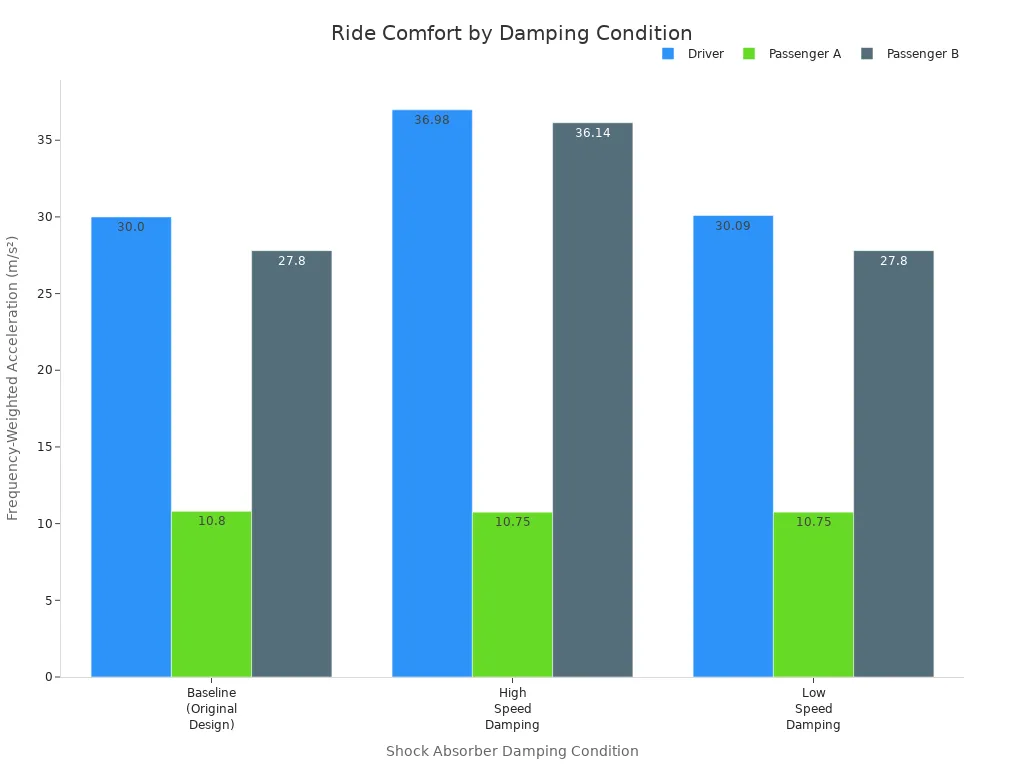
You can see from the chart that the right damping settings, supported by good stabilizer links, make a big difference in ride comfort.
Supporting Safe Driving in Various Conditions
Stabilizer links help you drive safely in many different situations. When you drive on rough roads, the stabilizer link helps the suspension absorb shocks and keep the car stable. If you drive in the rain or on slippery roads, the stabilizer link helps keep your tires in contact with the road. This gives you better grip and control.
Stabilizer links also help when you brake hard or swerve to avoid something. They keep the suspension tight, so your car does not wobble or shake. This is important for ensuring safety. When all the parts of your suspension, including the stabilizer link, work together, you get the best stability and handling.
- Stabilizer links balance the car during quick turns.
- They help the suspension respond quickly to changes in the road.
- Good stabilizer links reduce the risk of losing control in emergency situations.
- They support enhancing vehicle stability in all weather and road conditions.
You should always make sure your stabilizer links are in good condition. This helps you stay safe and enjoy better handling performance every time you drive.
Signs of a Worn or Failing Shock Absorber Link Rod
Common Symptoms and Warning Signs
You can spot problems with your stabilizer links by paying attention to how your car feels and sounds. When stabilizer links wear out, you may notice several clear signs. These symptoms often show up in vehicle service records and are confirmed by expert technicians.
- You may feel a bouncy ride. Worn stabilizer links allow too much spring movement, which makes your drive rough and uncomfortable.
- Listen for unusual noises. Clunking or banging sounds often come from loose or worn mounting bushings in the stabilizer links.
- Look for fluid leaks on the shock absorber casing. This can mean hydraulic fluid is escaping, which affects the stabilizer’s performance.
- Check your tires for irregular wear, such as cupping. This happens when tires bounce too much off the pavement because the stabilizer links cannot keep them steady.
- Notice if your car feels less stable. Reduced handling and braking ability, along with increased body roll, often point to a worn stabilizer link.
If you notice any of these warning signs, you should have your stabilizer links checked as soon as possible. Early detection helps prevent bigger problems.
Impact on Safety and Ride Quality
A worn stabilizer link can affect both your safety and your comfort. When stabilizer links fail, your car loses its ability to stay balanced during turns or sudden stops. You may feel more body roll, which makes the car harder to control. This can lead to longer stopping distances and less precise steering.
Stabilizer links play a big role in keeping your tires in contact with the road. If they wear out, your tires may lose grip, especially on rough or slippery roads. This can make your car feel unstable and unsafe. Poor stabilizer performance also leads to uneven tire wear, which means you might need to replace your tires sooner.
Safety implications are serious when stabilizer links do not work properly. You risk losing control of your vehicle, especially in emergency situations.
You should always pay attention to changes in ride quality. If your car feels different, check the stabilizer links and other suspension parts. Keeping these parts in good shape helps you enjoy a smooth, safe ride every day.
Shock Absorber Link Rod Inspection, Maintenance, and Replacement
How to Inspect the Link Rod
You can keep your vehicle safe by checking the shock absorber link rods regularly. Follow these steps to inspect them like a pro:
- Shake each link rod firmly with your hand. If you feel looseness, the rod may need attention.
- Look at the bushings for cracks, missing rubber, or other signs of wear.
- Check the mounting hardware on the shock absorbers and struts. Make sure nothing is broken, damaged, or loose.
- Search for fluid leaks on the shock absorbers and struts. Leaks often mean you need a replacement.
- Perform a bounce test. Push down on the car’s bumper and let go. If the car bounces more than once, the shocks or link rods may be worn.
You can also use some helpful tools and techniques:
| Tool/Technique | What It Detects |
|---|---|
| Visual Inspection | Leaks, damaged bushings, loose bolts |
| Pry Bar | Excessive movement in link rods and bushings |
| Temperature Check | Shock damping by comparing shock and frame heat |
| Listening Device | Clicking or grinding noises at strut mounts |
Tip: Always check for unusual noises or movement during your inspection. These signs often point to worn link rods.
Maintenance Tips and Best Practices
You can extend the life of your shock absorber link rods with simple maintenance:
- Inspect and replace worn shock absorbers as needed.
- Lubricate all chassis grease fittings regularly.
- Check stabilizer bars and links for rust or damage.
- Upgrade to premium aftermarket shock absorbers for better durability.
- Use synthetic lubricants on suspension parts to reduce wear.
- Apply rustproofing treatments to steel parts to prevent corrosion.
Regular inspection, lubrication, and rust protection help your suspension last longer and perform better.
Replacement Guidelines and Intervals
Most shock absorber link rods last between 50,000 and 100,000 miles under normal driving. You should start inspecting them at 50,000 miles. Replace them if you notice clunking noises, excessive body roll, uneven tire wear, or visible damage. Heavy loads, rough roads, and harsh weather can shorten their lifespan. Prompt replacement keeps your vehicle stable and safe.
Note: Always follow your vehicle’s maintenance schedule and replace link rods as soon as you spot any warning signs. This keeps your ride smooth and secure.
You play a key role in keeping your vehicle safe and stable. The shock absorber link rod helps reduce body roll, keeps your tires in contact with the road, and improves handling.
- It connects the sway bar to the suspension, making your ride smoother and more controlled.
- High-quality parts, like those from Max, use advanced manufacturing and strict testing to ensure durability and safety.
Regular inspection and timely replacement help you avoid costly repairs and keep your car performing at its best.
FAQ
What does a shock absorber link rod do?
You use the shock absorber link rod to connect the sway bar to your suspension. This part helps reduce body roll and keeps your car stable when you turn or drive over bumps.
How often should you replace the shock absorber link rod?
You should check your link rods every 50,000 miles. Replace them if you hear clunking noises, notice poor handling, or see visible damage. Always follow your vehicle’s maintenance schedule.
Can you drive with a bad shock absorber link rod?
You can drive, but you risk poor handling and less safety. A worn link rod can cause more body roll, uneven tire wear, and less control, especially during turns or emergency stops.
What are the signs of a failing shock absorber link rod?
Listen for clunking sounds, feel for a bouncy ride, and check for uneven tire wear.
If your car feels less stable or you notice fluid leaks, inspect your link rods right away.
Do all vehicles use the same type of link rod?
No, vehicles use different link rods based on design and suspension type. Always choose a link rod that matches your car’s make, model, and year for the best fit and performance.
